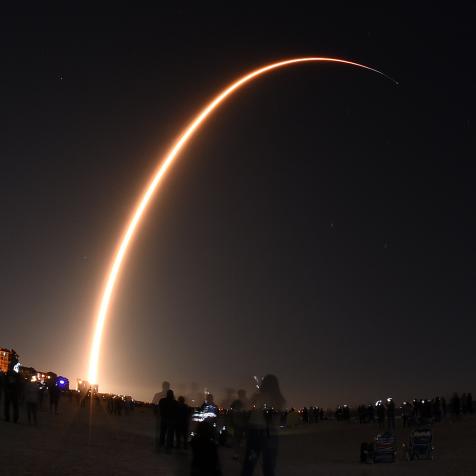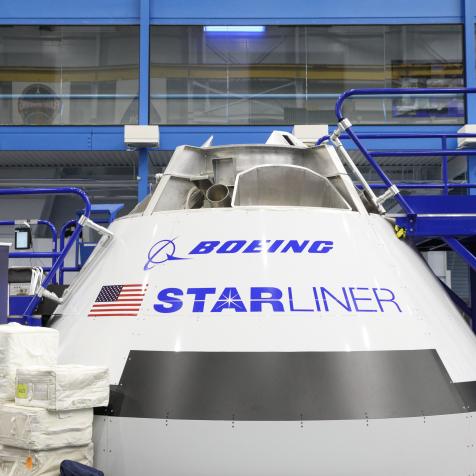
NASA/Goddard/SDO
How Do We Know How Old the Sun Is?

Scientists estimate that our Sun is about 4.57 billion years old. They’re surprisingly confident about that number, too, which opens up an immediate question: how do we know that? The short answer is “a lot of science and math”, but I have a feeling you’re not here for the short answer.
We actually have at our disposal several independent lines of evidence that all give the same answer. Just like a good prosecution uses DNA, eyewitnesses, fingerprints, and an assortment of tools to pin a murder on a suspect, scientists like to use multiple methods to hold up a single answer.
The first approach is to search for the oldest thing in the solar system. The technique scientists use is called nucleocosmochronology, and when you’re done unpacking the Greek prefixes you’ll find that this strategy involves using nuclear radioactivity to determine the age of things in space.
To make this work, scientists look for elements that can come from the radioactive decay of other, more unstable elements. One example is iron-60, a version of iron with a total of 60 protons and neutrons in its core. Making iron-60 is incredibly hard and is usually only produced in the shock waves found after supernova explosions. After just a few million years iron-60 decays into nickel-60, which is stable and hangs around forever.
Scientists have found nickel-60 scattered all throughout the solar system, especially inside meteorites, which are the leftover bits and pieces from when the solar system first formed. By measuring the amount of nickel-60, astronomers can run the clock backward and figure out when the solar system was first flooded with iron-60.
Seen as a red dusty cloud in this image from NASA Wide-field Infrared Survey Explorer, Puppis A is the remnant of a supernova explosion.
Another, totally separate, approach to measuring the age of the Sun involves understanding stellar life cycles. Stars live for so long that we can’t possibly follow a single star through its entire lifespan. But we see billions upon billions of stars around us. Some of those stars were born recently, while others were born long ago. So we have snapshots of different stars in different stages of their lives.
Imagine taking a picture of a million different people, totally at random. You would see babies just beginning to crawl, middle-aged people coming home from work, the elderly enjoying retirement, and everything in between. While you wouldn’t be able to follow one individual person, you could probably put together a general picture of how people look and behave when they grow older.
By studying millions of stars and applying our knowledge of physics (especially the physics of nuclear fusion in stellar cores), astronomers have created a sort of map: if you give them a star with a specific mass and brightness, they can estimate its age. When they apply this mapping to our own Sun, they get the same answer as they do from the radioactive materials.
Those two and other techniques all point in the same direction: a Sun that’s just over four and a half billion years old.
Dive Deeper into the Cosmos
Journey Through the Cosmos in an All-New Season of How the Universe Works
The new season premieres on Science Channel and streams on discovery+.




















